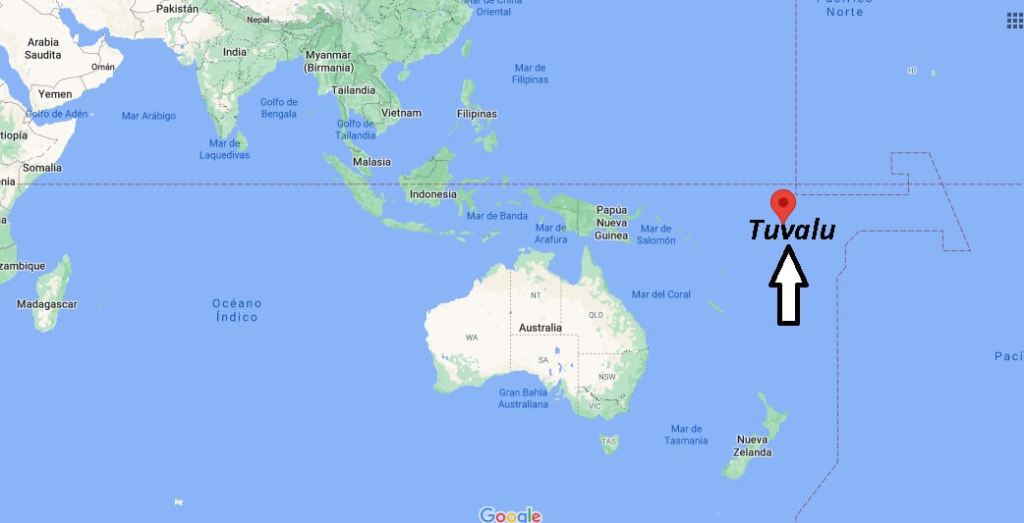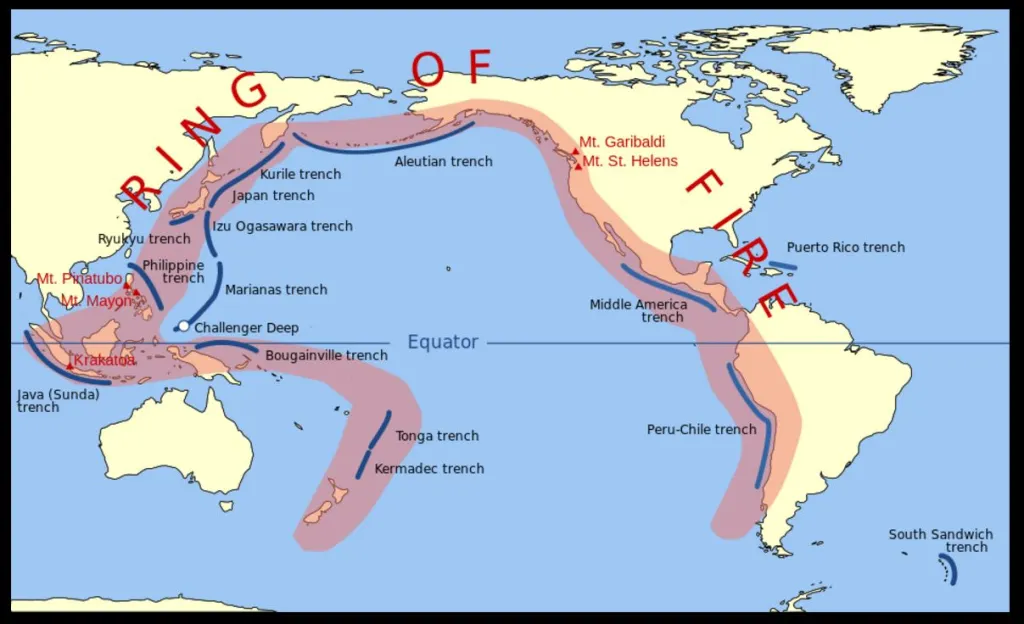COMMENT: Dear Marty,
Thank you so much for warning all for what is coming !
Sorry to keep reflecting on details, you wrote :“The real issue is the threat of a VEI 6- 7 which could seriously alter the climate for a year or two resulting in a Volcanic Winter. The other risk is 5 to 6 small eruptions under VEI 6 but are VEI3 or greater.”
VEI is a logaritmic scale, so to create the same impact of one VEI 7, you need 10 VEI 6, 100 VEI 5, 10,000 VEI 4 or 100,000 VEI3. 5 to 6 small eruptions of VEI3 ? won’t do much, sorry hope attached table comes thru high VEI’s not only throw up more dust, ie VEI 6 does 0.003% of the stratosphere volume, VEI 7 0.032%, VEI 8 0.3% and VEI 9 3% high VEI’s do shoot much higher as well; VEI 5 may reach stratosphere; so the impact will not be limited to stratosphere only the frequency extrapolation does tell us a lot about how we can not imagine what could happen where VEI 5 would occur every 12 years, VEI 9 only once 27,000 years do not know where it ends, because it is an extrapolation BUT given the big mass extinctions come in cycles of multiples of 31.4 million years the event probably is much larger than that would it be a significant meteorite impact that triggers many quakes and eruptions ?
REPLY: You are absolutely correct. We do know that there were two volcanoes that erupted which produced the year without a summer. Evidence suggests that this event took place during the Solar Minimum and was predominantly the result of a volcanic winter event caused by the massive 1815 eruption of Mount Tambora in Dutch East Indies (now Indonesia) which was a VEI7. This eruption was probably the largest eruption since the 6th century AD which produced devastation between 535–536 AD. It is believed that the year without a summer was probably enhanced due to the 1814 eruption of Mayon in the Philippines which was VEI4.
You are correct that it would probably take a number of smaller eruptions because of the log scale. However, Tambora may not have been sufficient to alter the climate entirely by itself. It is hard to rule out that Mayon, which was only a VEI4, combined with the VEI7 to create the devastation.
However, evidence has been uncovered from around the world that the early Dark Ages of the 6th century AD was most likely triggered by an eruption around 535 AD, which was probably a VEI7+ event. There was a natural phenomenon of cataclysmic proportions that altered the world and even changed religion. This event created major political, economic and social changes that few people have ever bothered to connect the dots.
It has long been believed that there was probably an eruption from Ilopango in El Salvador. There was probably a second eruption perhaps in Indonesia and may have been Krakatoa.
There was a major volcanic explosion that was equal to more than 2000 Hiroshima size bombs. Human civilization was altered from the Mayan to Mongolia in the north to Constantinople and Southeast Asia. There were devastating plagues, famine, death, and great migration which caused people to move south. Empires and city-states collapsed including Teotihuacan in Mexico, the Anglo-Saxon victory over the Celts and invasions, and it contributed to the rise of Islam. Even in India, we see the Gupta Empire of Northern India collapsed by 543 AD as it too was overrun by the Huna during the mid-6th century. The Sasanian Empire in Persia also peaked during the 6th century.
The political, economic, and religious changes which took place because of this devastating 6th-century volcanic winter were profound. This is what might result from two VEI7s.
NOTE:
VEI km
3 frequency days =years %troposphere plume km km km3 delta
0 0.000001 0.000000003% 0.1 earth 31,879,029
1 0.00001 1 0.0 0.00000003% 0.3
2 0.0001 14 0.0 0.0000003% 1.0
3 0.001 90 0.2 0.000003% 3.2 troposphere 3 31,910,116 31,087
4 0.01 540 1.5 0.00003% 10
5 0.1 4,380 12 0.00032% 32 stratosphere 15 32,024,304 114,188
6 1 18,250 50 0.003% 100 mesosphere 50 32,381,370 357,066
7 10 182,500 500 0.032% 316 thermosphere 85 32,735,345 353,975
8 100 1,500,000 4,110 0.3% 1,000 exosphere 600 38,166,299 5,430,954
9 1,000 10,000,000 27,397 3.2% 3,162
10 10,000 90,000,000 246,575 32.2% 10,000










